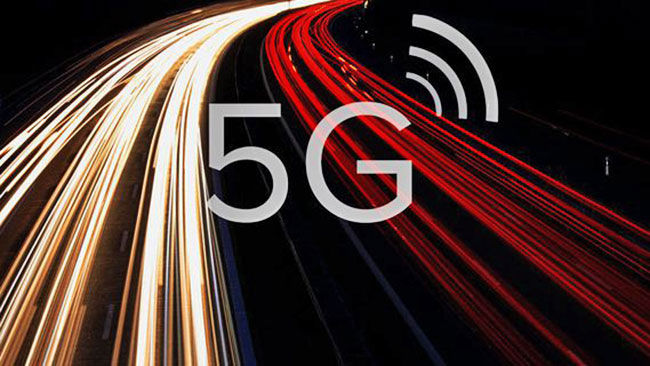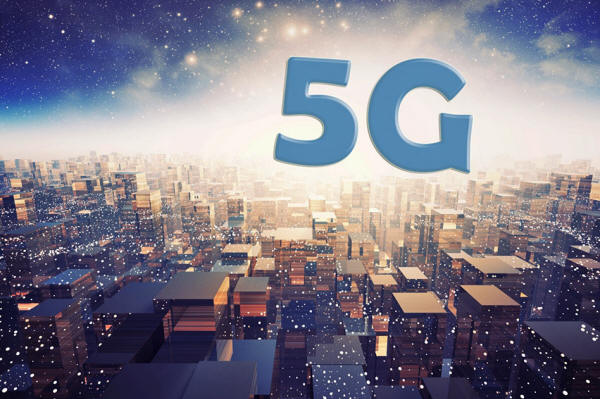|
by Arthur Firstenberg
January
17, 2018
It will totally change the way cell towers and cell phones are constructed and will transform the blanket of radiation which has enveloped our world for two decades into a million powerful beams whizzing by us at all times.
Blake Levitt, author of Electromagnetic Fields - A Consumer's Guide to the Issues and How to Protect Ourselves (Harcourt Brace, 1995), brought this to my attention.
A mutual friend, with whom I was speaking during the campaign to defeat S.B. 649 in California, passed on a message from Blake:
And I did...
After I was injured by X-rays in 1980, I began to read everything I could get my hands on that had to do with electromagnetic radiation and its effects on life.
And one of the first
books I read was Paul Brodeur's
The Zapping of America (W.W.
Norton, 1977).
It was going to scan the Atlantic Ocean as a key early warning element protecting us against the threat of sea-launched ballistic missiles from the Soviet Union.
Although it emitted an average power of only 145,000 watts, similar to some FM radio stations, it did not broadcast that energy from only a single antenna and it did not spread that energy out uniformly in all directions.
Instead, it had 3,600 antennas arranged in two "phased arrays" of 1,800 antennas each.
The antennas in each array worked together as a unit to focus all their energy into a narrow, steerable beam. Each beam had an effective power of four billion watts, and the peak radiation level exceeded one milliwatt per square centimeter - the FCC's safety limit today - at a distance of three miles in front of the radar station.
The facility was called
PAVE PAWS (Precision Acquisition of
Vehicle Entry Phased Array Warning System).
Shortly after I read this, I discovered firsthand what some of the bioeffects were.
Attempting to finish my M.D. almost cost me my life. I collapsed one day with all the symptoms of a heart attack, whereupon I resigned from school and moved up to Mendocino to recover. There I was in the path of the other PAVE PAWS, the one that scanned the Pacific Ocean.
This PAVE PAWS was due east of Mendocino, in California's Central Valley at Beale Air Force Base. And for nine months, every evening at precisely 7:00 p.m., no matter where I was or what I was doing, my chest would tighten and I would be unable to catch my breath for the next two hours.
At precisely 9:00 p.m., my body would relax and I could breathe.
I lived in Mendocino from 1982 through 1984, and although I eventually recovered my health, I was always aware of an uncomfortable pressure in my chest whenever I was on the coast.
I also lived in Mendocino
from 1999 to 2004, and felt that same discomfort whenever I was
there, and always felt it suddenly vanish when I drove out of range
of PAVE PAWS, and suddenly return at the same point on my journey
home.
The arrays are going to track each other, so that wherever you are, a beam from your smartphone is going to be aimed directly at the base station (cell tower), and a beam from the base station is going to be aimed directly at you.
If you walk between someone's phone and the base station, both beams will go right through your body.
The beam from the tower
will hit you even if you are in the general vicinity of someone who
is on a smart phone. And if you are in a crowd, multiple beams will
overlap and be unavoidable.
The FCC has recently adopted rules [4] allowing the effective power of those beams to be as much as 20 watts.
Now if a handheld smartphone sent a 20-watt beam through your body, it would far exceed the exposure limit set by the FCC. What the FCC is counting on is that there is going to be a metal shield between the display side of a 5G phone and the side with all the circuitry and antennas.
That shield will be there to protect the circuitry from electronic interference that would otherwise be caused by the display and make the phone useless.
But it will also function to keep most of the radiation from traveling directly into your head or body, [5] and therefore the FCC is allowing 5G phones to come to market that will have an effective radiated power that is ten times as high as for 4G phones.
What this will do to the user's hands, the FCC does not say.
The FCC calls handheld phones "mobile stations."
Transmitters in cars are also "mobile stations." But the FCC has also issued rules for what it calls "transportable stations," which it defines as transmitting equipment that is used in stationary locations and not in motion, such as local hubs for wireless broadband in your home or business. [6]
The FCC's new rules allow
an effective radiated power of 300 watts for such equipment.
[7]
So far the FCC has approved bands of frequencies around,
...for use in 5G stations, and is proposing to add,
...to the soup. [8]
These have tiny wavelengths and require tiny antennas.
At 50 GHz, an array of 1,024 antennas will measure only 4 inches square. [9] And the maximum radiated power per array will probably not be that large - tens or hundreds of watts.
But just as with PAVE PAWS, arrays containing such large numbers of antennas will be able to channel the energy into highly focused beams, and the effective radiated power will be enormous.
The rules adopted by the FCC allow a 5G base station operating in the millimeter range to emit an effective radiated power of up to 30,000 watts per 100 MHz of spectrum. [10]
And when you consider that some of the frequency bands the FCC is making available will allow telecom companies to buy up to 3 GHz of contiguous spectrum at auction, they will legally be allowed to emit an effective radiated power of up to 900,000 watts if they own that much spectrum.
The base stations
emitting power like that will be located on the sidewalk. They will
be small rectangular structures mounted on top of utility poles.
The reason such tiny wavelengths are required is because of the need for an enormous amount of bandwidth - a hundred times as much bandwidth as we formerly used - in order to have,
...i.e. in order to connect so many of our possessions, big and small, to the internet, and make them do everything we want them to do as fast as we want them to do it.
The higher the frequency, the greater the bandwidth - but the smaller the waves.
Base stations have to be very close together - 100 meters apart in cities - and they have to blast out their signals in order to get them inside homes and buildings. And the only way to do this economically is with phased arrays and focused beams that are aimed directly at their targets.
What happens to birds that fly through the beams, the FCC does not say. What happens to workers who climb utility poles? A 30,000-watt beam will cook an egg, or an eye, at a distance of a few feet. And the power from a base station will be distributed among as many devices as are connected at the same time. [11]
When a lot of people are using their phones simultaneously, everyone's phone will slow down but also the amount of radiation in each beam will be less.
When you are the only
person using your phone - for example, late at night - your data
speed will be blisteringly fast but most of the radiation from the
cell tower will be aimed at you.
This was brought to everyone's attention by Dr. Richard Albanese of Brooks Air Force Base in connection with PAVE PAWS and was reported on in Microwave News in 2002. [12]
When an ordinary electromagnetic field enters the body, it causes charges to move and currents to flow. But when extremely short electromagnetic pulses enter the body, something else happens:
These re-radiated waves are called Brillouin precursors. [13]
They become significant when either the power or the phase of the waves changes rapidly enough. [14] 5G will probably satisfy both requirements.
This means that the
reassurance we are being given - that these millimeter waves are too
short to penetrate far into the body - is not true.
References
|



